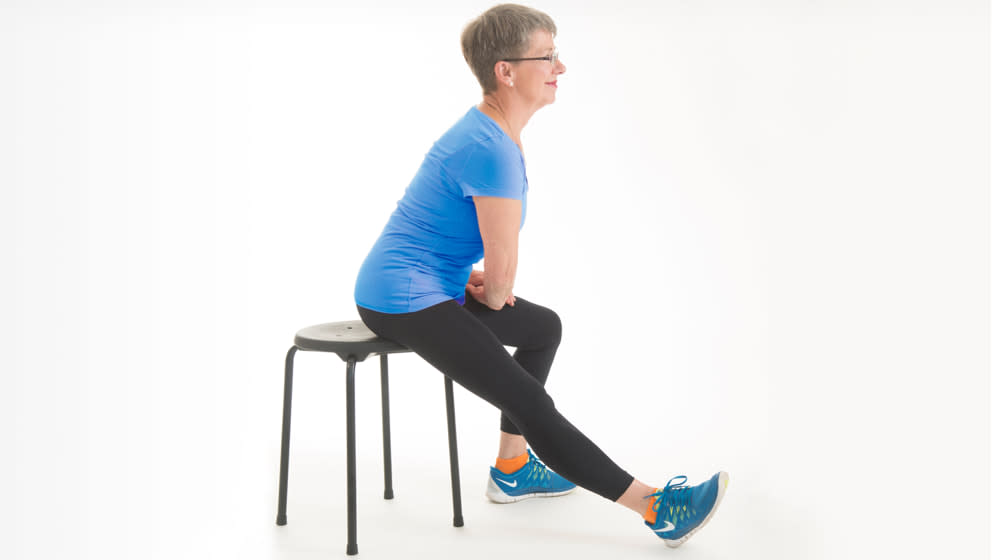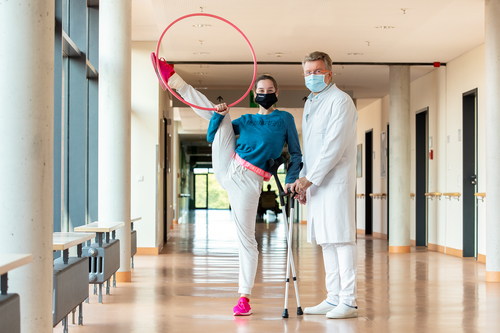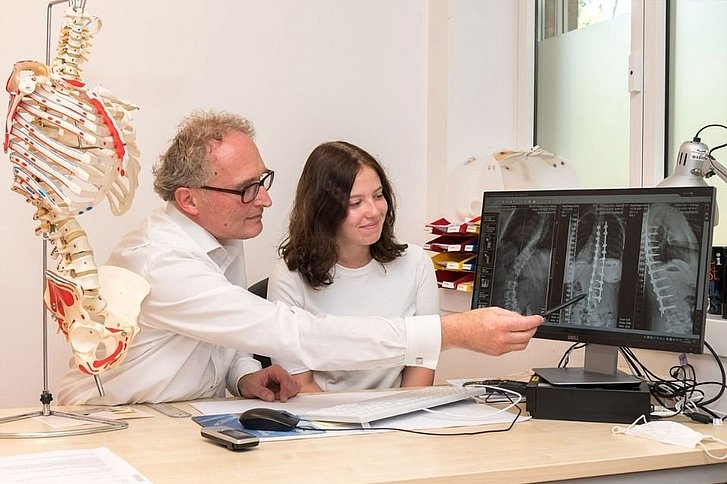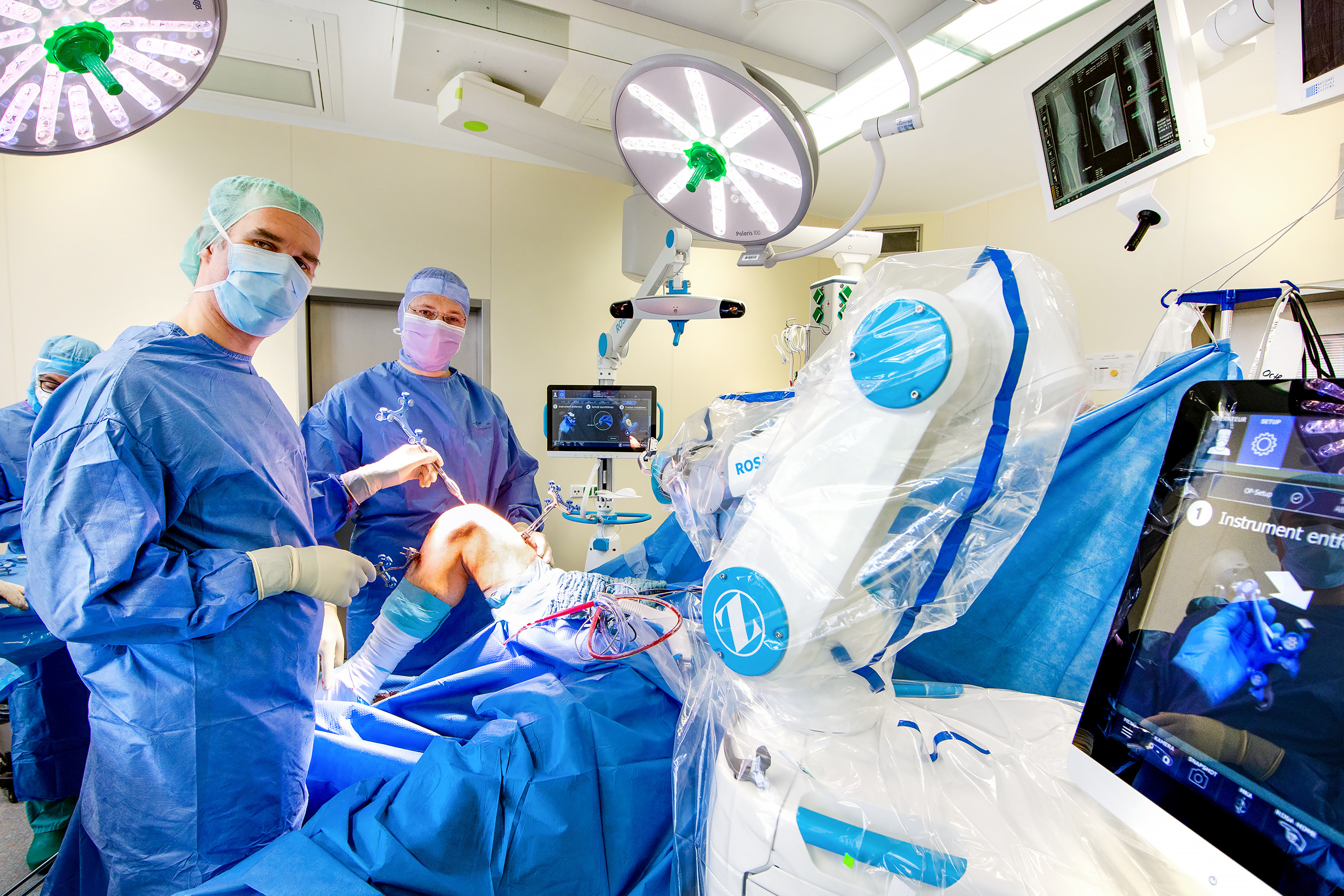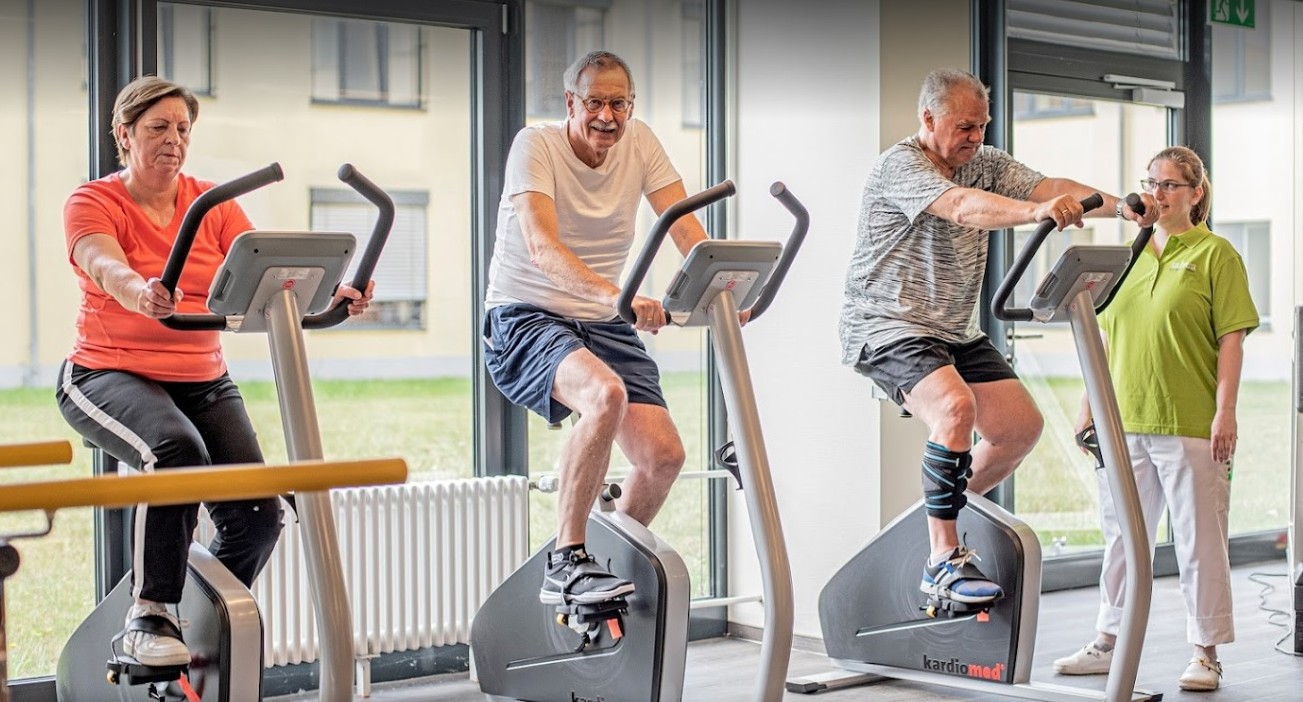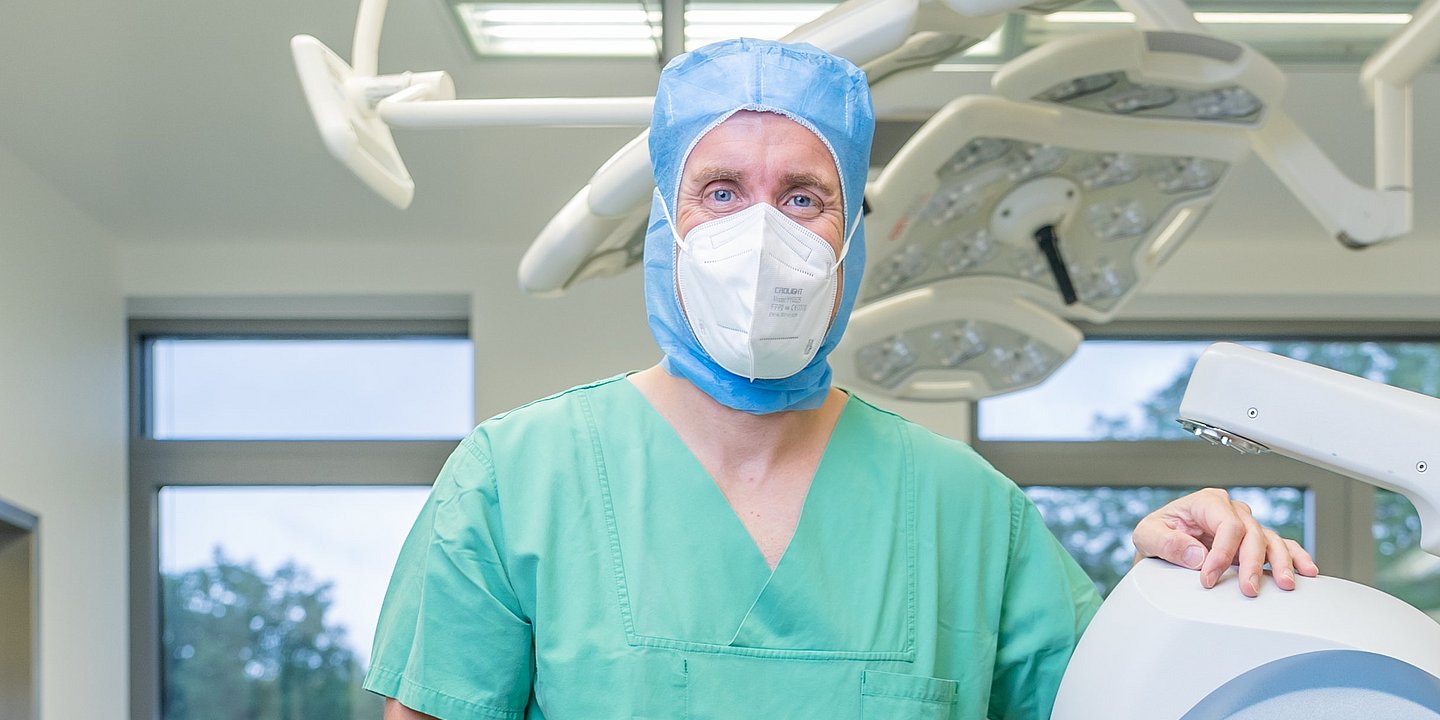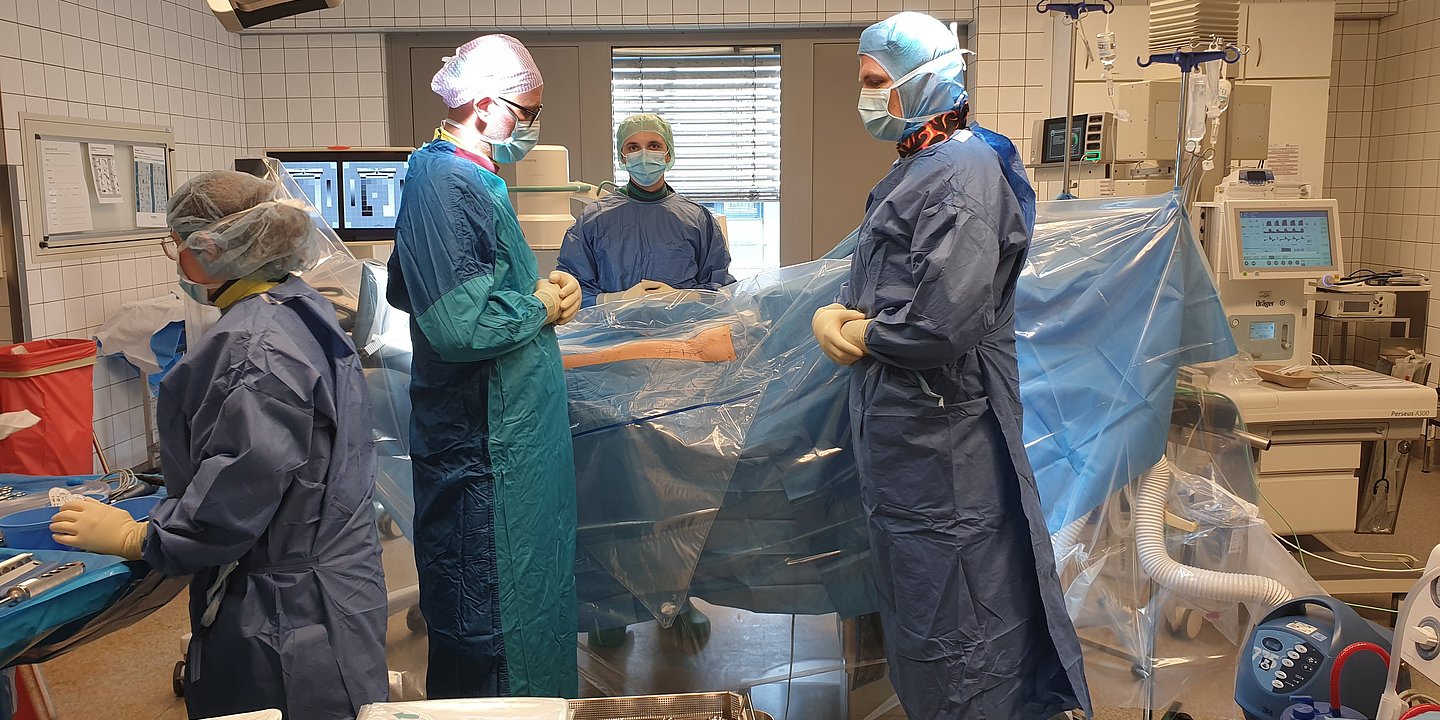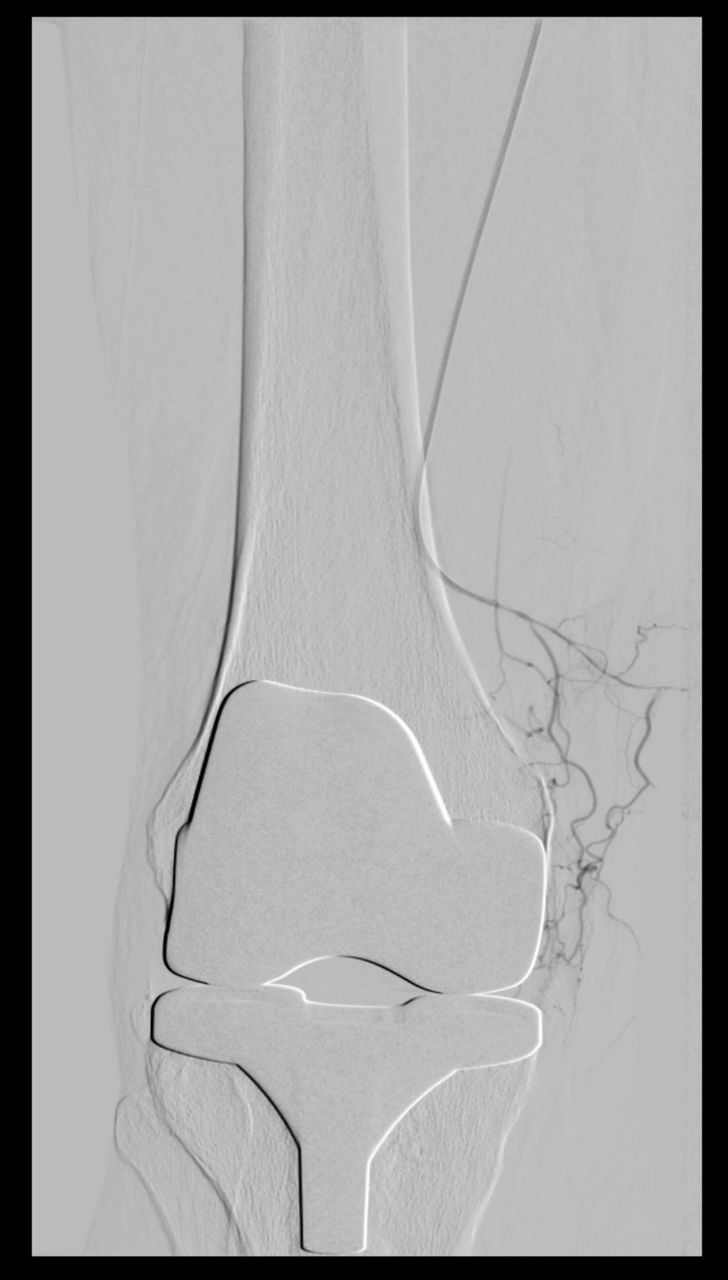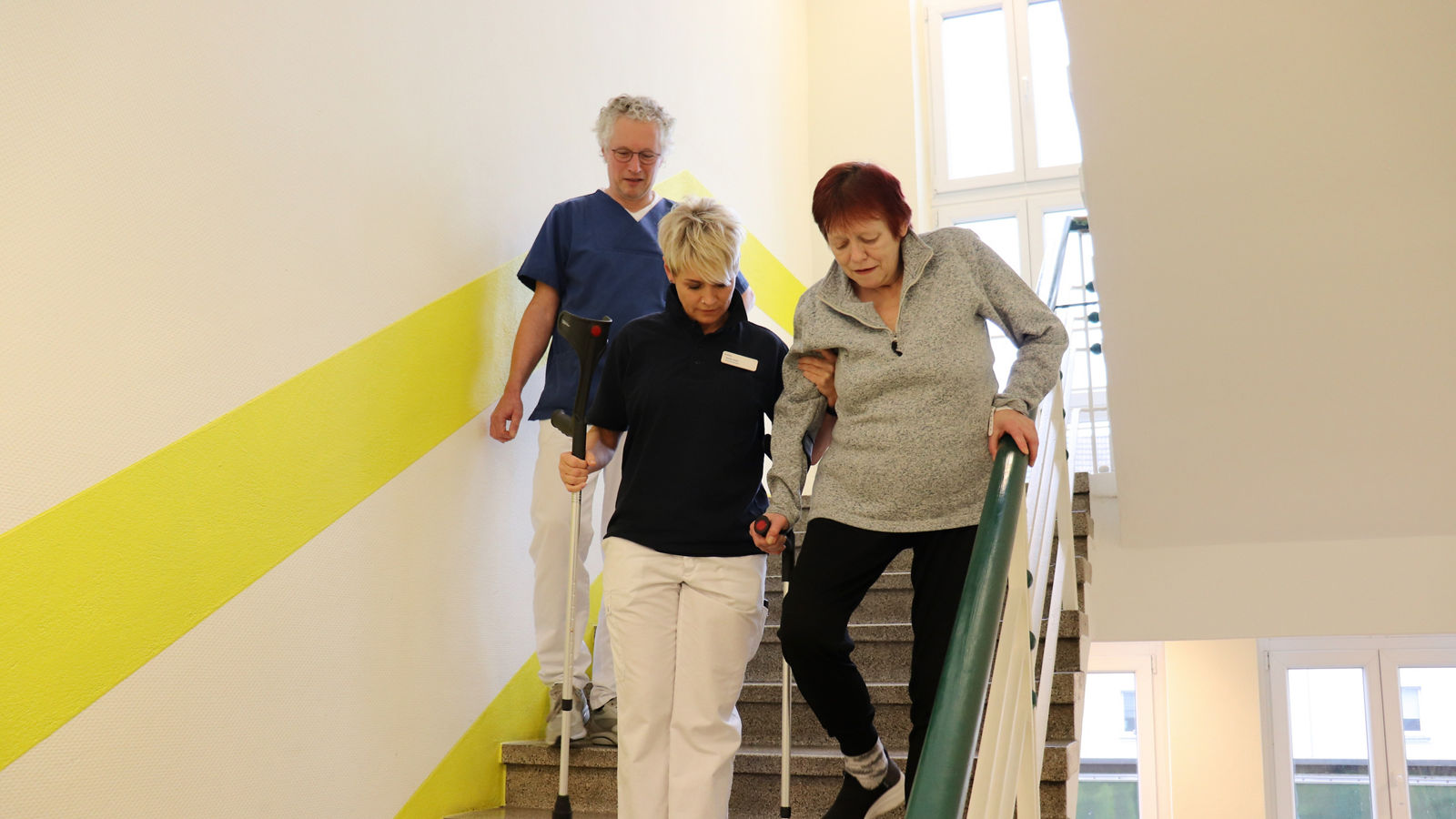
The new knee joint
When the usual treatment no longer works
If physiotherapy methods no longer works and the knee pain won't go away, the knee joint can be fully or partially replaced with an artificial one.
A complete replacement of the joint surfaces of the femur and tibia is called total knee replacement (TKR). Depending on the degree of cartilage destruction, the joint surface of the patella may also need to be replaced.
Knee and hip replacement has become one of the most common and successful surgical interventions today. In Germany alone, more than 150,000 knee replacement surgeries are performed annually with a prosthesis (artificial joint).
Modern prostheses can significantly improve the quality of life - both at work and during leisure time (especially in sports).
But this intervention isn’t a complete "removal" of the old knee and "installation" of the new one. During the surgery, only the upper layer of one or more bones that form the joint is changed. In other words, the prosthesis of a knee joint is rather a new joint surface, a new protective layer instead of destroyed joint cartilage. Depending on the degree of destruction, different types of prosthesis are used.
Used materials
The materials used in prostheses have been developed specifically for medical purposes. They are both particularly strong (wear-resistant) and do not cause rejection reactions (biocompatible).
Most modern knee joint prostheses are now made of titanium or cobalt chrome alloys. Joint surfaces are made of special polymers. Before surgery, the surgeon will discuss with you the materials from which the prosthesis that suits you should be made. If you have an allergy, you should inform your doctor. After the operation, you will receive a prosthesis passport, which contains all the data on the installed artificial joint. This passport must be carefully kept.
Service life of an artificial joint
It is impossible to name the exact lifetime of an artificial joint in advance, because it depends on many conditions. The bone structure of a particular patient is very important, as well as the stress to which the artificial joint is subjected (in particular due to the weight of the patient and his physical activity).
The quality of the prosthesis itself also plays a role. Medical technology has been continuously improving in recent years, and this trend will undoubtedly continue to unfold. From experience, it is known that modern artificial joints serve 12-20 years. After this period, it may be necessary to replace the prosthesis (during repeated surgery). The doctor will reassess the joint wear situation and determine whether the entire knee joint or only certain parts of it need to be replaced.
Selecting the right prosthesis
There are many models of different sizes for each prosthesis type. The selection of a suitable prosthesis is strictly individual and takes into account factors such as age, sex, weight, health, bone quality and physical activity level.
The attending physician plans the surgery based on the diagnostics results as well as a special X-ray image. First of all, the size and future position of the artificial joint are specified. In addition, the doctor will explain to you which method of prosthesis fixating is most suitable in your case. The length of the legs (and possible length differences) are also taken into consideration. Existing deformations (varus, valgus) can be partially corrected.
However, the final decision on the choice of a prosthesis is made by the doctor only during the surgery. Only then it’s possible to ensure the most suitable implant installation.





